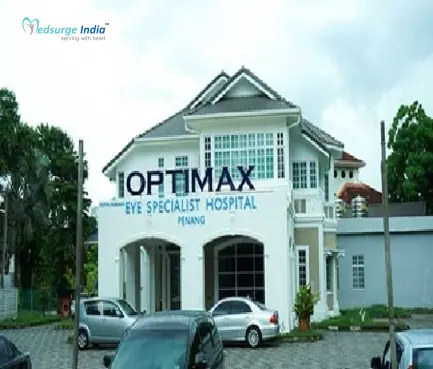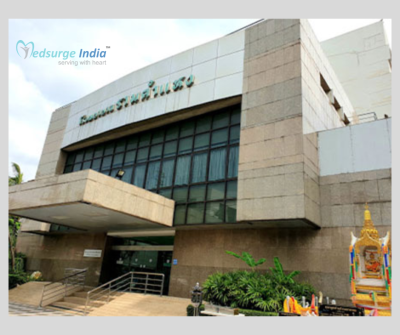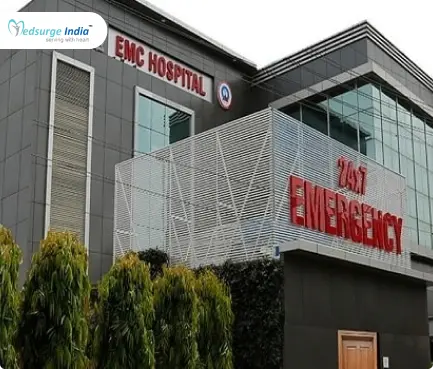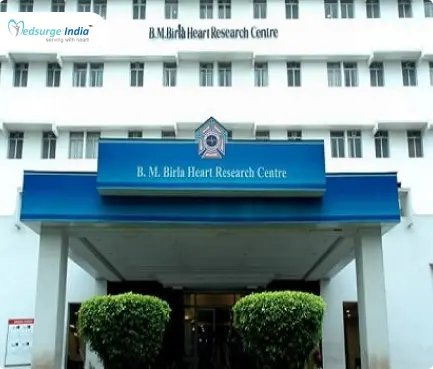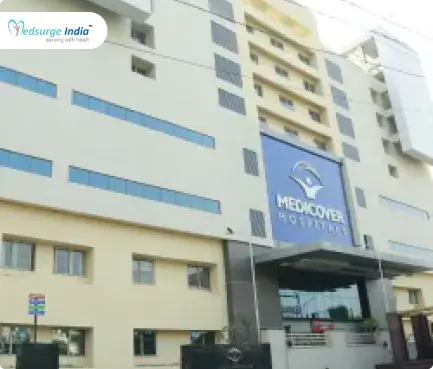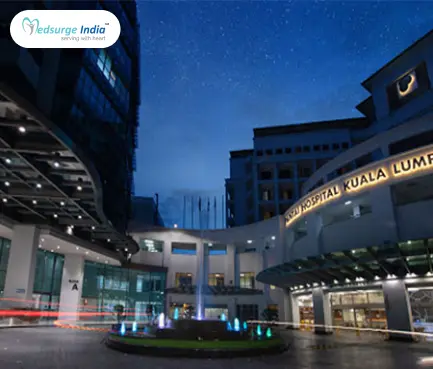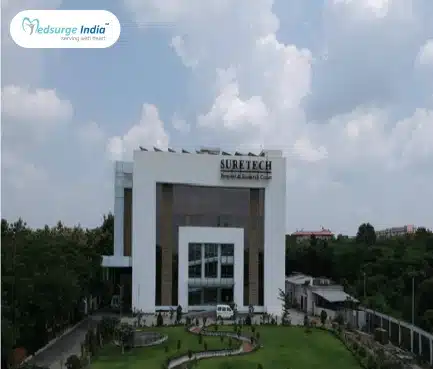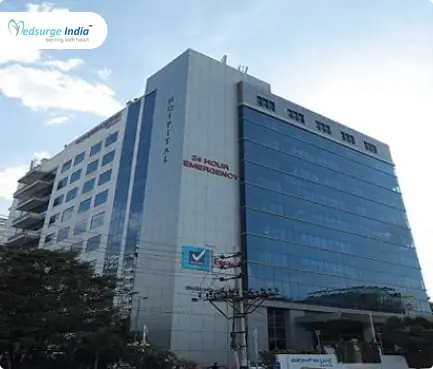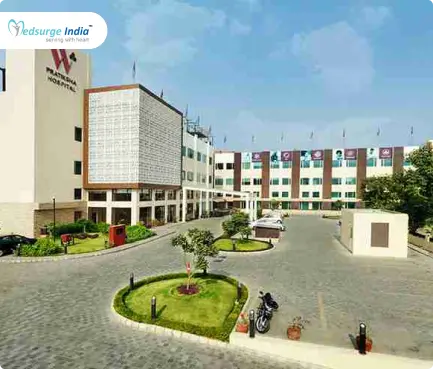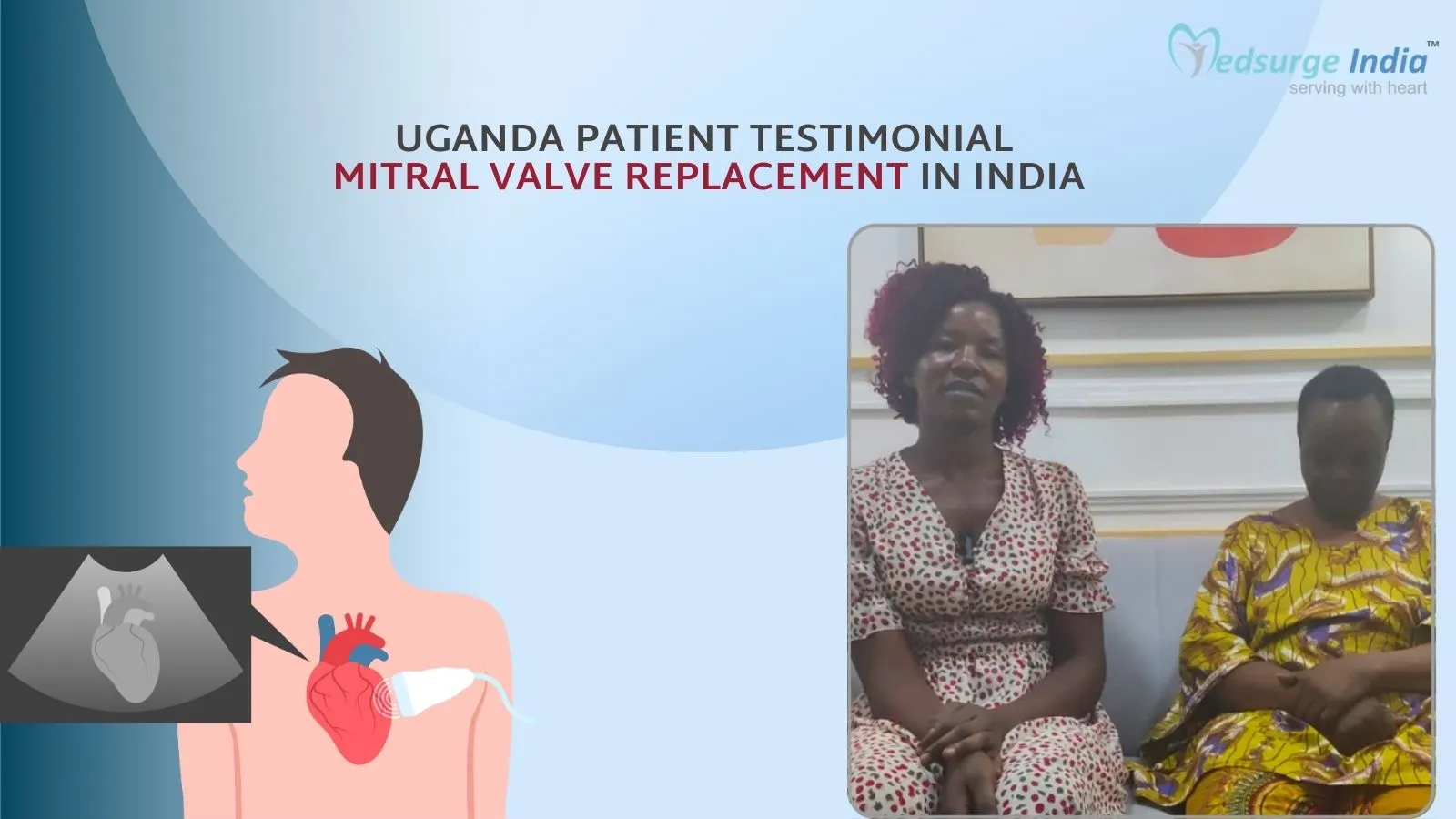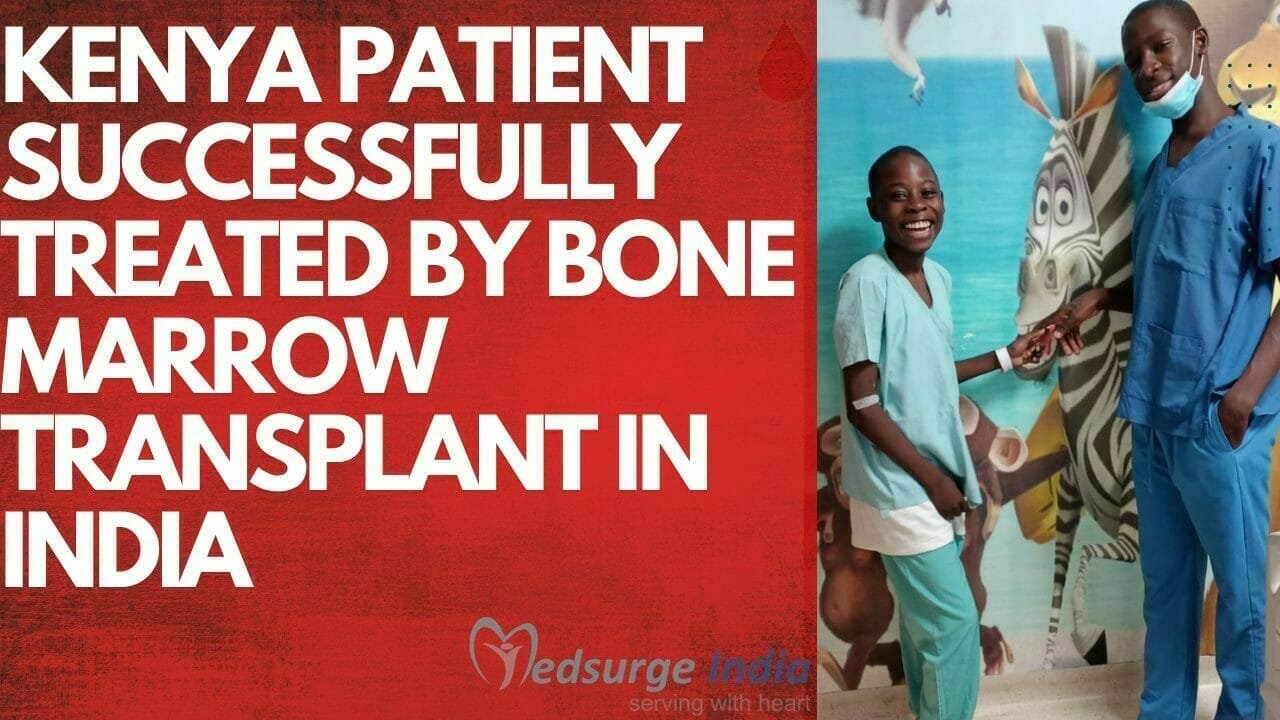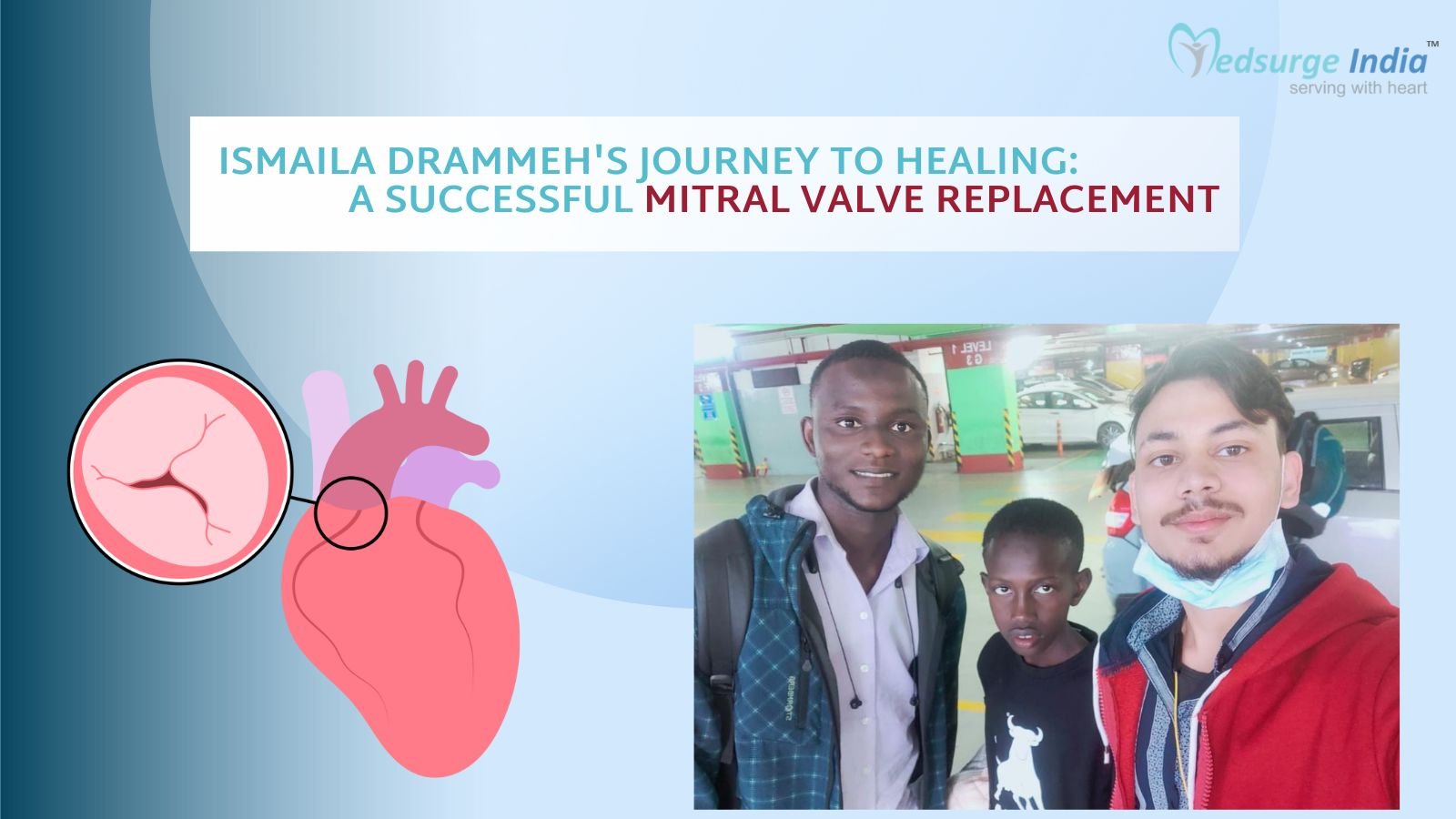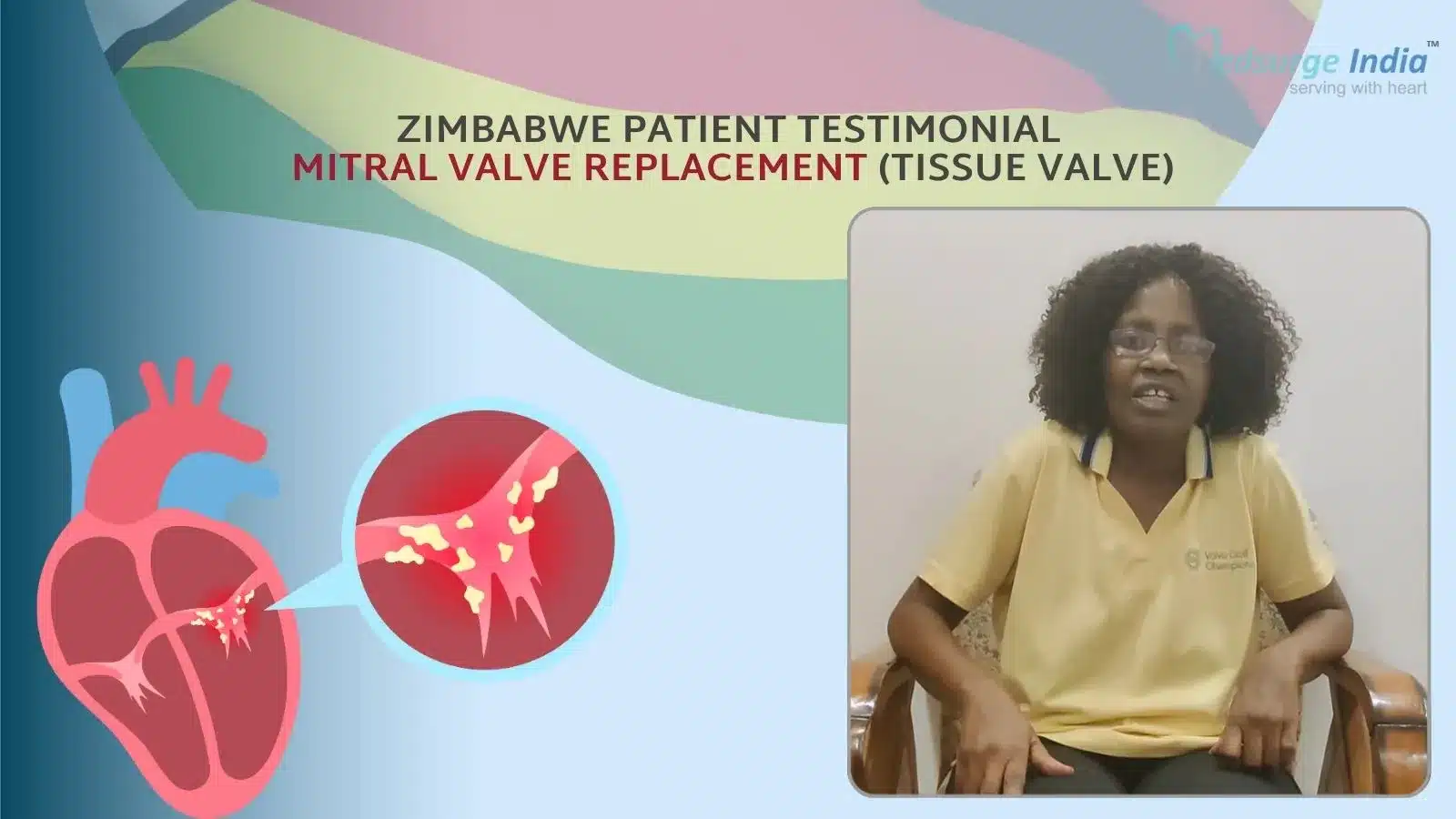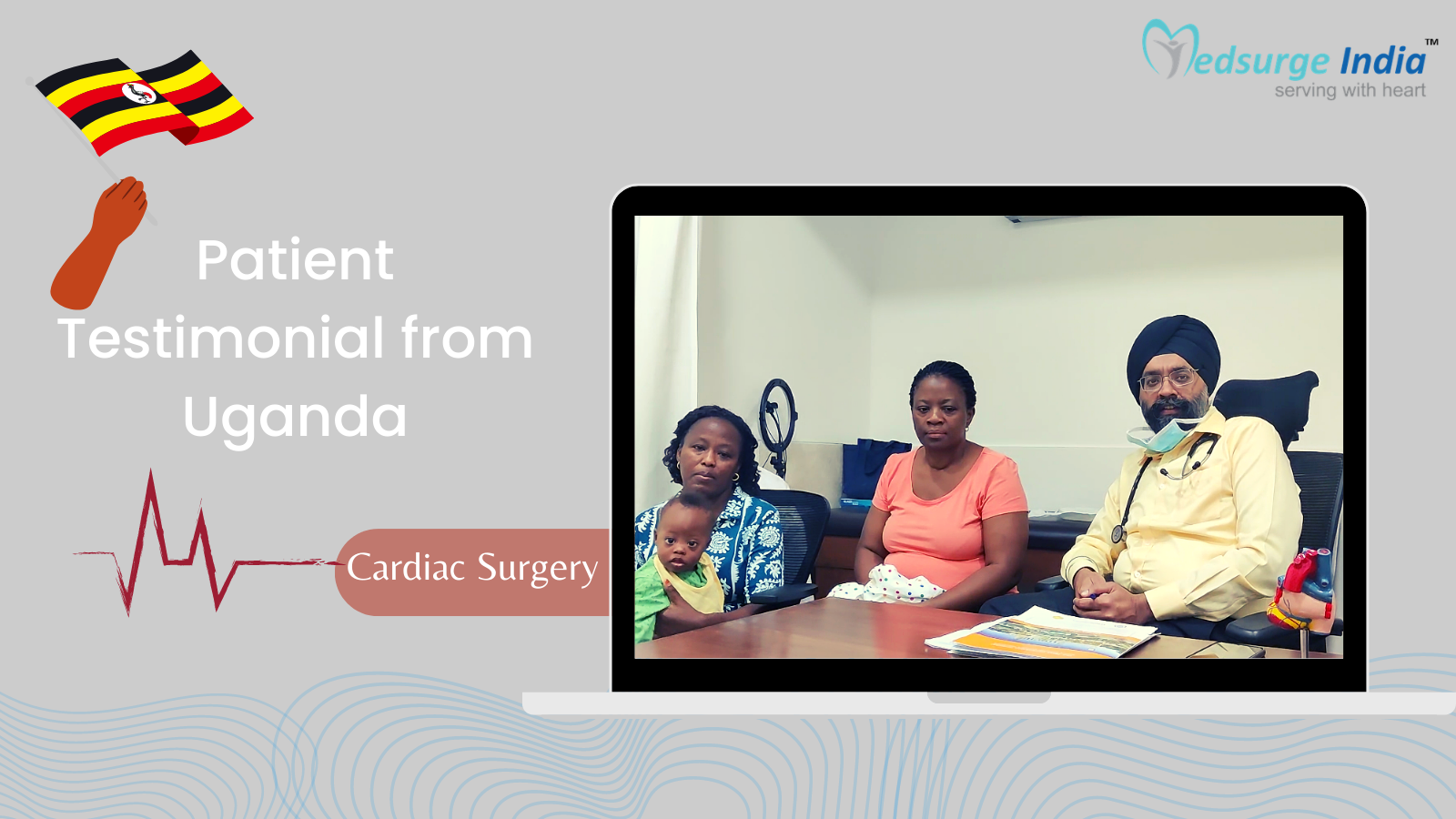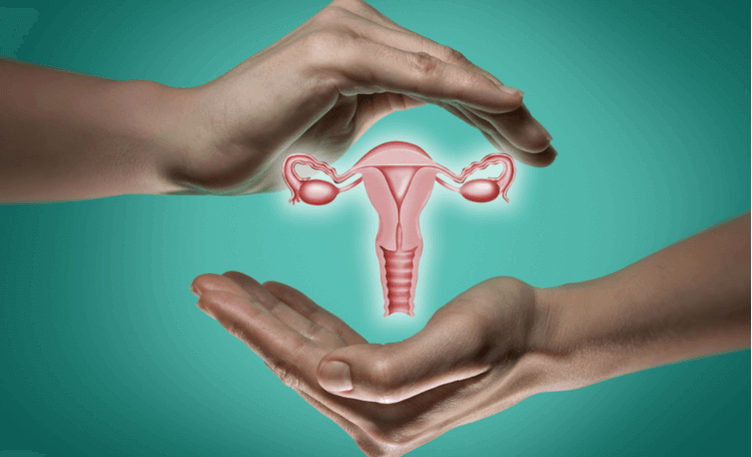
Hysterectomy is a partial or total removal of the uterus in the body. The uterus or womb is shaped like an inverted pear that’s located between the bladder and rectum in a female body.
There are four main regions of the uterus:
- Fundus, an upper area that connects the fallopian tubes to the uterus;
- Body, which is the main part of the uterus;
- Isthmus, which is the lower and neck region of the uterus and
- Cervix, the lowest region that goes down from the isthmus to the opening of the vagina.
Types of Hysterectomy
- Partial hysterectomy: Eliminating of the entire body of the uterus and leaving the cervix intact is a partial elimination. This is also known as supra-cervical or sub-total.
- Complete hysterectomy: a Whole removal entails removing the uterus body, fundus, and cervix of the uterus.
- Radical hysterectomy: This process is done only if there’s the existence of cancer. It entails removing of the uterus, the cells on the faces of the uterus, along with the upper area of the vagina.
Hysterectomy Surgery Cost in India
Hysterectomy Surgery Cost in India starts from USD 700. It typically includes necessary preoperative tests, consultation with the doctor, the patient’s condition, and the type of procedure itself. However, please note that accommodation and transfers are not included in this cost.
Different Types of Procedures For Hysterectomy Surgery in India
| Cities | Starting Price |
| Open Surgery Hysterectomy | USD 700 |
| Vaginal Hysterectomy | USD 600 |
| Laparoscopic Hysterectomy | USD 700 |
| Laparoscopic-assisted Vaginal Hysterectomy | USD 800 |
| Robotic-assisted Laparoscopic Hysterectomy | USD 900 |
Cost of Hysterectomy in Different Cities in India
| Cities | Starting Price |
| Delhi | USD 700 |
| Gurgaon | USD 700 |
| Noida | USD 700 |
| Mumbai | USD 800 |
| Hyderabad | USD 700 |
| Chennai | USD 700 |
| Kolkata | USD 700 |
| Bangalore | USD 1100 |
Note: Keep in mind that the above-mentioned cost provided is solely for the treatment. The overall cost of Hysterectomy will be determined based on several factors.
Factors That Can Affect Hysterectomy Cost in India
There are various factors that can affect the cost of Hysterectomy in India. Here we have listed you with the various factors that can affect the cost of Hysterectomy in India.
- Medication costs: Certain medicines can influence the overall cost of Hysterectomy.
- Patient Condition: The complexity of the disease along with the patient’s overall health can affect the duration of treatment, impacting the cost.
- Duration of treatment: Longer treatment courses involving multiple visits can lead to higher cumulative costs.
- Geographical location: Cost can vary widely depending on the region in India.
- Hospitalization expenses: The length of hospital stay and the level of nursing care required by the patient can add to the treatment expenses.
- Government policies and subsidies: Government healthcare schemes and subsidies can reduce out-of-pocket expenses for patients, affecting the affordability of Hysterectomy.
- Medical tourism packages: Curated packages for international patients can include various services at a bundled cost, influencing the overall expense of treatment in India.
- Hospital reputation and infrastructure: Prestigious hospitals with state-of-the-art facilities may charge more for their services.
- The expertise and experience of medical professionals: Gynecologist with extensive experience and recognition often command higher fees, contributing to the treatment cost.
- The type and frequency of diagnostic procedures: Regular monitoring with advanced imaging and laboratory tests can increase treatment costs due to the high price of these diagnostic methods.
- The choice of treatment modality: Opting for newer or more advanced treatment options or precision medicine can be more expensive than traditional approaches.
India provides excellent medical services and facilities for patients seeking treatment, including Hysterectomy. These facilities are on par with renowned healthcare centers around the globe. Additionally, the cost of accommodation, meals, and transportation is also included. Moreover, international patients can save a significant amount, up to 30-40%, on the expenses of Hysterectomy cost in India compared to their native countries.
Diagnosis for Hysterectomy
Hysterectomy impacts a woman’s hormonal balance and overall health for a lifetime. Because of this, surgery is usually resorted to just as the last treatment, when other therapies are ineffective, to deal with specific conditions for example:
- Uterine fibroids: Benign lumps that grow in the uterus resulting in abnormal menstrual bleeding, prostate issues, difficult bowel movements, infertility, and other pregnancy issues.
- Endometriosis: A layering of tissue outside the uterus, this also causes significant periods, infertility, and abdominal discomfort.
- Chronic pelvic pain: Pain that happens under the belly button and also in between the hips which lasts more than six months. The causes are diverse and may result from endometriosis, musculoskeletal problems, irritable gut syndrome, cystitis, urinary tract disease, fibroids and several other instances.
- Adenomyosis: Similar to Infection, this happens when the muscle tissue of the uterus is inhabited from the cells that line the uterus. The symptoms include heavy periods, spotting during periods, painful periods, periods lasting more than normal and, feeling of pressure in the rectum or bladder.
- Uterine prolapse: once the muscles or ligaments are no more able to encourage the uterus due to extending or weakening of the muscles, it induces prolapse where the uterus slips from the place into the anus, outside the vagina or birth canal. This induces vaginal bleeding, difficulties with sexual intercourse, higher release, recurrent kidney infections, constipation, and distress in the pelvis.
- Placenta praevia or placenta percreta: whenever there’s a serious case of the placenta positioning itself close or within the cervical opening or, attaches itself unnaturally into the esophageal wall. It’s done postpartum and requires vaginal bleeding during pregnancy with or without the pain.
- Cancer of the uterus, cervix or ovaries: takes place when cancerous, abnormal development of cells is observed in these regions causing vaginal bleeding, pelvic pain, abnormal discharge, pain during sexual activity, urinary troubles, etc.
Helpful – Endometrial Carcinoma Treatment | Ethiopian Patient Testimonial
Diagnostic Tests
Depending on nature, several tests are performed before the surgery.
- Ultrasound – either transabdominal or transvaginal ultrasound
- Laparoscopy
- Pelvic examination
- Tests for anemia, pregnancy, and thyroid.
- Pap smear test
- CAT scan
- Endometrial biopsy
- Vaginal secretions culture
Surgical Techniques for Hysterectomy
Surgical techniques involve two approaches – traditional or open surgery or MIP – surgery using a minimally invasive procedure.
- Open Surgery Hysterectomy
- MIP- There are several approaches to this surgery:
- Vaginal hysterectomy
- Laparoscopic hysterectomy
- Laparoscopic-assisted vaginal hysterectomy
- Robotic-assisted Laparoscopic hysterectomy
Get Free Cost Estimation
Procedure
Hysterectomy Surgery Procedure
Before Surgery
Whenever you know you’re getting a hysterectomy Surgery, You Might Be asked to perform the following:
- A pre-assessment evaluation like blood and urine tests, pregnancy tests, enema, or other bowel preparation.
- X-Ray of kidneys and abdomen
- Pelvic ultrasound
- Dilation and curettage (D&C)
- The skin surrounding the abdomen and vaginal region is ready with an antibacterial solution before the operation
- Stop smoking
- Eat a healthful, balanced diet
- Eliminate weight (if overweight)
- Fast or eat a light meal prior to midnight
During Surgery
General anesthesia is performed through IVF either in the arm or hand. This blocks the pain and retains the patient asleep during the surgery. Infection may also be given prior to the operation. Because there are many methods to the process, the surgery might vary accordingly.
- Open Surgery Hysterectomy: Surgery is performed on the lower abdominal region in which the surgeon makes a vertical or flat 5-7 inch incision from the tissue to remove the uterus. The tissue is then stitched together, and the skin closed via stitches or staples. Hospital stay is 2 – 5 days. This usually leaves a scar marker.
- Vaginal hysterectomy: A cut is made through an incision in the vagina in which the uterus has been removed. This leaves no visible scar because the trimming is then closed with dissolvable stitches.
- Laparoscopic hysterectomy: A tube with a lighted camera named Laparoscopy and surgical instruments are inserted through small cuts from the gut or a single cut from the belly button. The surgery can be considered on a movie screen performing the operation from beyond their human body.
- Laparoscopic-assisted vaginal hysterectomy: With Laparoscopic surgical instruments, through an incision made from the vagina that the uterus has been removed.
- Robotic-assisted Laparoscopic hysterectomy: An innovative and advanced robotic method of surgical instruments, the surgeon uses natural motion of the wrists and performs elimination from away from the body whilst watching the process on a three-dimensional display. This process is beneficial in difficult circumstances as dissection close to the ureters, bladder, or blood vessels.
After Surgery
- Medicine will be given to prevent disease, to relieve pain and distress. If you are feeling ill after the anesthetic, medication will be provided for relief.
- Experience bloating and cramps, the requirement to empty the bowel.
- Have a drip in your arm.
- Have a catheter — a small bag that drains urine from the bladder. You’ll have the ability to pass urine normally after elimination.
- Should you had an abdominal hysterectomy, then a drainage tube will be inserted into your stomach to drain blood out of the wound. The tubes normally remain for a day or two.
- To get a vaginal hysterectomy, a gauze pack inserted into your vagina to decrease the possibility of bleeding and remains for about 24 hours. Some women experience vaginal discharge that’s brown in color with a small odor.
- Following surgery, you could be invited to take a short walk to possess a regular flow of blood and avoid some complications such as blood clots in the leg.
- To come up with freedom, a physiotherapist can appear to assist you with pelvic muscle exercises.
- Any stitches throughout the process will be eliminated after five to seven days of surgery.
- Avoid lifting any item that weighs over 4 KGs/ 10 pounds.
Care at Home
- Follow the instructions provided by your physician
- Avoid lifting heavy Items and Break for at least two weeks
- Request when You’re Able to use tampons and Approximately Kegel exercise
- Wait six weeks to resume sexual activity
- Call your physician if you experience any Indication of Illness, discharge/opening about the incision, Excess Bleeding or Discharge, fainting, shortness of breath, swelling or Swelling or pain at the leg, complications in urinating
Complications of Hysterectomy
The majority of women don’t face any complications following the operation. But, it isn’t devoid of problems. Complications may involve:
- Urinary tract disease or constipation
- Vaginal bleeding or discharge That’s powerful smelling or prolapse
- Thrombosis
- Surgical wound infections
- Early-onset of menopause
- Excessive bleeding
- Reduction of ovarian function
- Complications because of anesthetic
- Ureter harm
- Sexual dysfunction
Medsurge India offers the best hysterectomy Price in India at an affordable price for international patients coming to India under the supervision of the most trained doctors.
Top Hospitals for Hysterectomy Surgery in India
Top Doctors for Gynecology
Dr. P. Latha Mageswari
Senior Consultant
Experience: 20 years of experience
Dr. Rela Institute and Medical Centre, Chennai
Chennai, India
Dr. Padmashri V
Consultant
Experience: 22 years of experience
Apollo Cradle & Children’s Hospital, Jayanagar
Bangalore, India
Dr. Vishnu Vandana
Consultant
Experience: 22 years of experience
Apollo Cradle and Apollo Women’s Hospitals, Chennai
Chennai, India
Dr. Avijit Basak
Consultant
Experience: 14 years of experience
AMRI Hospital, Kolkata (Mukundapur)
Kolkata, India
Dr. Amruthavalli Korlepara Venkata
Consultant
Experience: 20
Rainbow Children’s Hospital and BirthRight by Rainbow, Kondapur, Hyderabad
Dr. Manju Dagar
Consultant
Experience: 12 years of experience
Army Hospital, New Delhi
Gurgaon, India
Dr. Kakoli Vijay Kumar
Senior Consultant
Experience: 10+ years of experience
Narayana Multispeciality Hospital, Andul Road, Howrah
Howrah, India
Dr. Manjula Anagani
Consultant
Experience: 29 years of experience
Apollo Hospitals, Jubilee Hills Hyderabad
Hyderabad, India
Dr. Sheela V Mane
Senior Consultant
Experience: 40 years of experience
Fortis Hospital, Bangalore (Cunningham Road)
Bangalore, India
Dr. Shakuntala Baliga
Senior Consultant
Experience: 39 years of experience
Apollo Hospital Bangalore Bannerghatta Road
Bangalore, India
Dr. N Bhulakshmi
Senior Consultant
Experience: 19 years of experience
Medicover Woman & Child Hospitals Vishakhapatanam
Visakhapatnam, India
Dr. Archana Bhayana
Senior Consultant
Experience: 17 years of experience
Max Super Specialty Hospital Gurgaon
Gurgaon, India
Dr. Mohini N Prasad
Senior Consultant
Experience: 36 years of experience
Apollo Hospital, Seshadripuram
Bangalore, India


